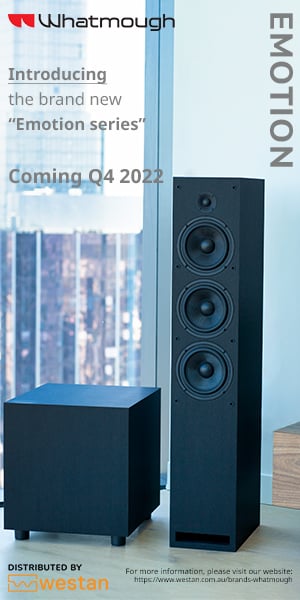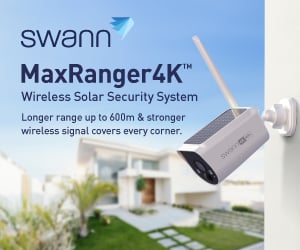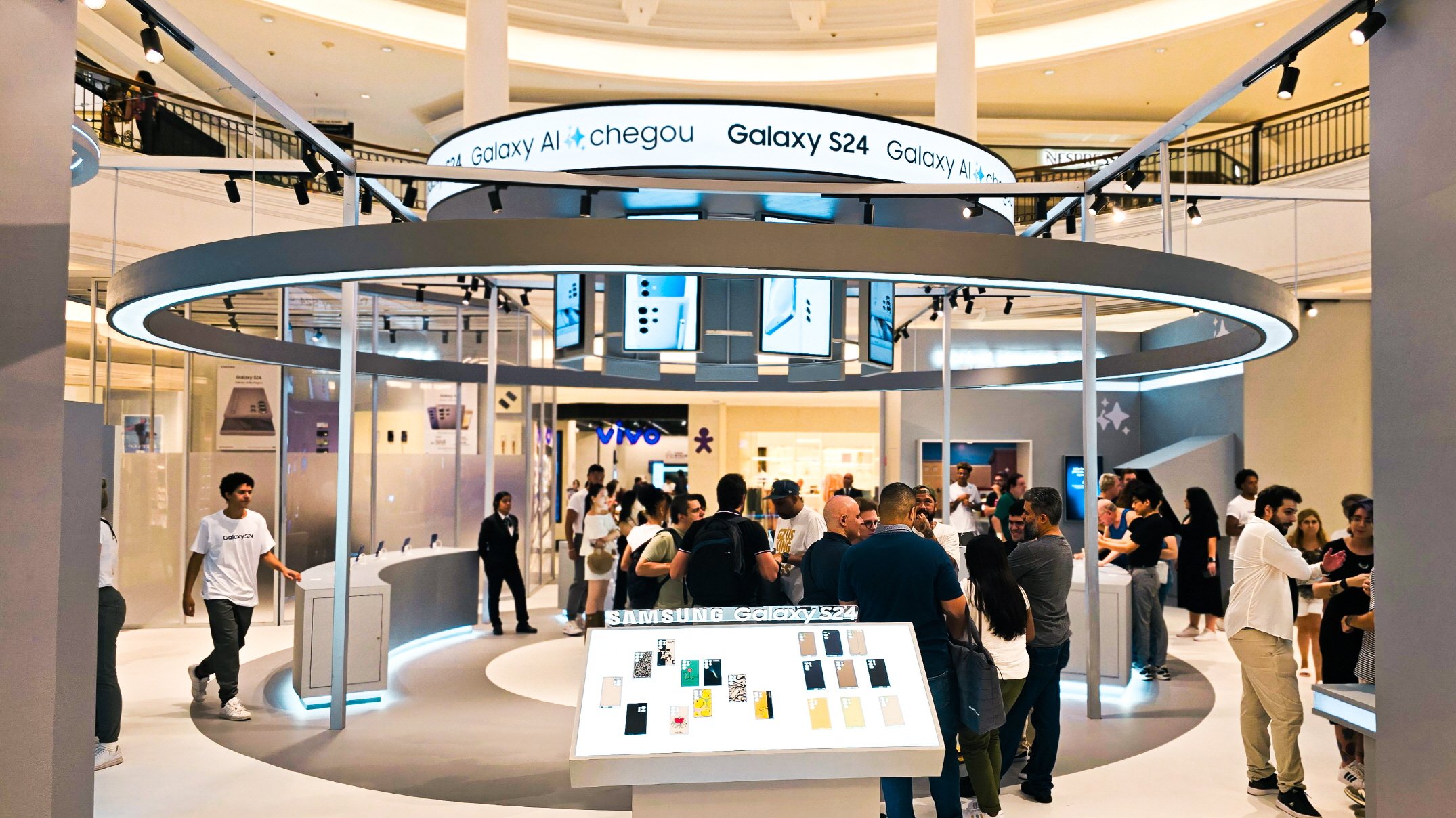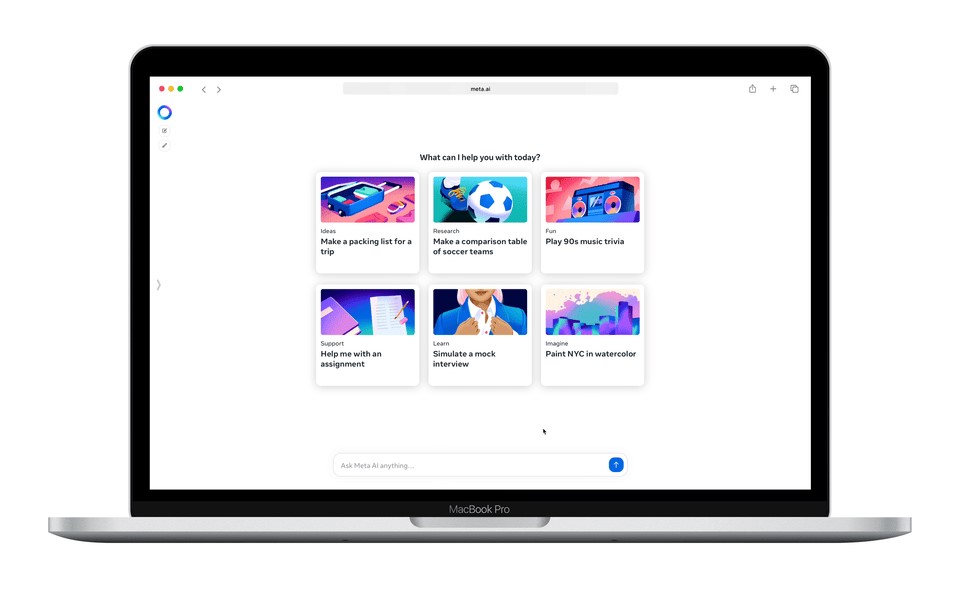Sonos Uses Grammy Awards To Launch Global Marketing Campaign
Sonos is on a mission to increase sales as several sound Companies move to launch new High Res sound systems.
The US Company who took over the Melbourne based distributor of their products last year. last night used the Grammy Awards to launch a new marketing campaign that urges consumers to stop listening to their smartphone and invest in a Sonos system.
The Company claims that they a “profitable” and said Sonos enjoyed double-digit growth in the fourth quarter.
Thirty percent of company revenues come from repeat sales in which consumers buy their second and third Sonos products for additional rooms, Sonos executives said at a press briefing in the USA.
The campaign which will be rolled out in Australia, calls on music lovers “to reconnect at home through a shared music experience,” Sonos CMO Joy Howard said.
The ad, inspired by Billy Joel’s “Glass Houses” album cover from 1980, shows someone hurling a Sonos speaker through the window of a house full of people engaged in solitary activities, many of them staring silently at their smartphone screens. After the speaker smashes through the window, the words “Wake up the silent home” appear on screen. The ad also positions Sonos as “the home sound system.”
See new Sonos Commercial Below.
According to Howard the new ads will appear globally in “high-impact places around shared events like the Grammys” as well as in cinemas, she added. Longer and shorter versions will appear in digital ads and social media.
Shared music “helps people connect with one another,” and “the absence of music exacerbates the stresses of modern life,” Howard said of the commercial. “Even together we’re all alone.”
A survey of 9,000 people in nine countries shows that two-thirds are “stuck in a silent home” and are living “under one roof but not together,” added Dr. Daniel Levitin, a neuroscientist and author who devised the survey.
In the past, he noted, people played musical instruments together at home. Now, however, people “have retreated into a world of our own screens,” and they’re “listening to music in isolation through ear buds,” he said .
The study’s results show that music listening has been pushed aside in many homes because of “acute hyper scheduling,” and for the music listening that is done, much of it is done in isolation, Levitin said.
Among the findings:
*60% of adults said they listen to less music than when they were younger.
*44% said “a lot of their at-home listening takes place either alone or via headphones.”
*86% acknowledged that “shared moments are enhanced by the right music.”
*62% said more of their social interactions take place through digital media.
*46% said family members spend more time interacting with technology than directly with one another.
The results underscore that “our mission is more vital than it has ever been,” Howard said.
In 2014, Sonos ran a TV ad during the Super Bowl, but Howard, who became CMO 18 months ago, noted that the event creates “a lot of noise.”
This year’s ad-campaign message will differ from last year’s theme, which focused on waking up people to “the absurdities of modern listening,” such as listening through ear buds, placing phones in mugs to boost bass response, and using “jerry-rigged” and “complicated solutions” that many people stopped using over time, Howard said.
Complicated solutions include component systems that trap music to one room and Bluetooth solutions that compromise performance for convenience and are subject to dropouts and failed connections, the company said.
“Technology is not always a solution. Sometimes it’s part of the problem,” Howard contended.
Antoine Leblond, Sonos’s software VP, said Sonos plan general software update “later this year” to enable voice control of Sonos systems through a networked Amazon Echo or Dot wireless speaker.
Sonos, however, will also embrace “multiple voice assistants,” he said. Sonos will not launch its own voice-control technology.
Voice-control capability built directly into Sonos products is “inevitable,” Leblond added, but he declined to say when that would happen.
“We’re still in the really, really early days of voice in the home,” said Leblond, who demonstrated a beta version of voice control through an Amazon Tap.







































